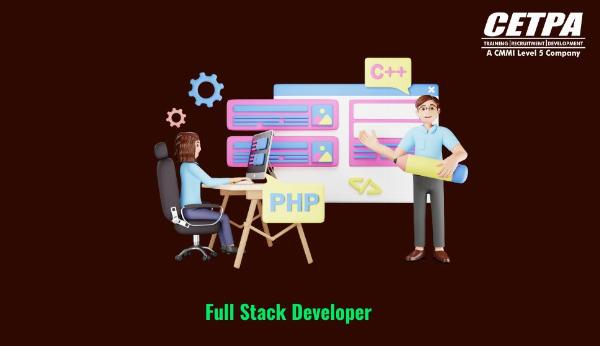Unraveling the Truth in Payment Orchestration: How Banks and PSPs Can Differentiate Authentic Solutions from Rebranded Gateways
Payment orchestration has become a hot topic in the payments industry, with many providers claiming to offer it. However, as more players adopt the label, the gap between promises and delivery is widening. For banks, acquirers, and payment service providers (PSPs), this creates a real challenge. Orchestration has the potential to be a transformative layer, improving resilience, lowering cost-to-serve, and enabling faster innovation. But only if the technology can live up to its role.

The problem is that much of what is being sold as orchestration today is not true orchestration. Many platforms have repositioned themselves as orchestrators in a bid for continued relevance, often by adding API wrappers or reporting tools to existing systems. While these additions might be useful, they rarely deliver the kind of flexibility or interoperability that true orchestration can.
True orchestration is not about layering more interfaces onto existing systems or connecting legacy technology with more of the same. It's about building a payments environment that can evolve quickly, connect openly, and operate independently. It gives financial institutions greater control and optionality across their payments stack, allowing them to route transactions dynamically based on performance, geography, cost, and other factors through layered rules. It means being able to switch or add providers, payment methods, reporting, and new markets without re-engineering everything. And it means seeing the entire flow across all methods, partners, and channels in one place.
True orchestration is vendor-agnostic and supports complex logic and redundancy in the background to ensure optimal performance. It allows for connection to the full ecosystem, including local payment methods, PSPs, A2A (account-to-account) payments, buy now pay later (BNPL) services, fraud tools, tokenization services, and more. The difference between true orchestration and rebranded gateways is architectural, not cosmetic. It's the foundation for strategic agility, not a bolt-on.
When evaluating orchestration providers, there are a few questions worth asking:
- Can it be tailored to meet the varied needs of your cross-sector merchant base?
- Are failovers and routing handled intelligently using multiple layered rules?
- Is the platform capable of giving you full transparency across your entire merchant base?
- Are you able to pick and choose the pieces of technology you need and integrate them with your existing infrastructure?
The answers to these questions will quickly reveal whether the promise of orchestration is real or just another version of what's already on the table. The right decision today isn't just about what the platform can do right now; it's also about what it will let you do tomorrow. As orchestration becomes the new standard in payments infrastructure, banks and PSPs need infrastructure that lets them adapt as regulation tightens, fraud evolves, and customer demands shift. That means looking past the label and choosing partners who are architecturally aligned with the future, not just dressed for it.














